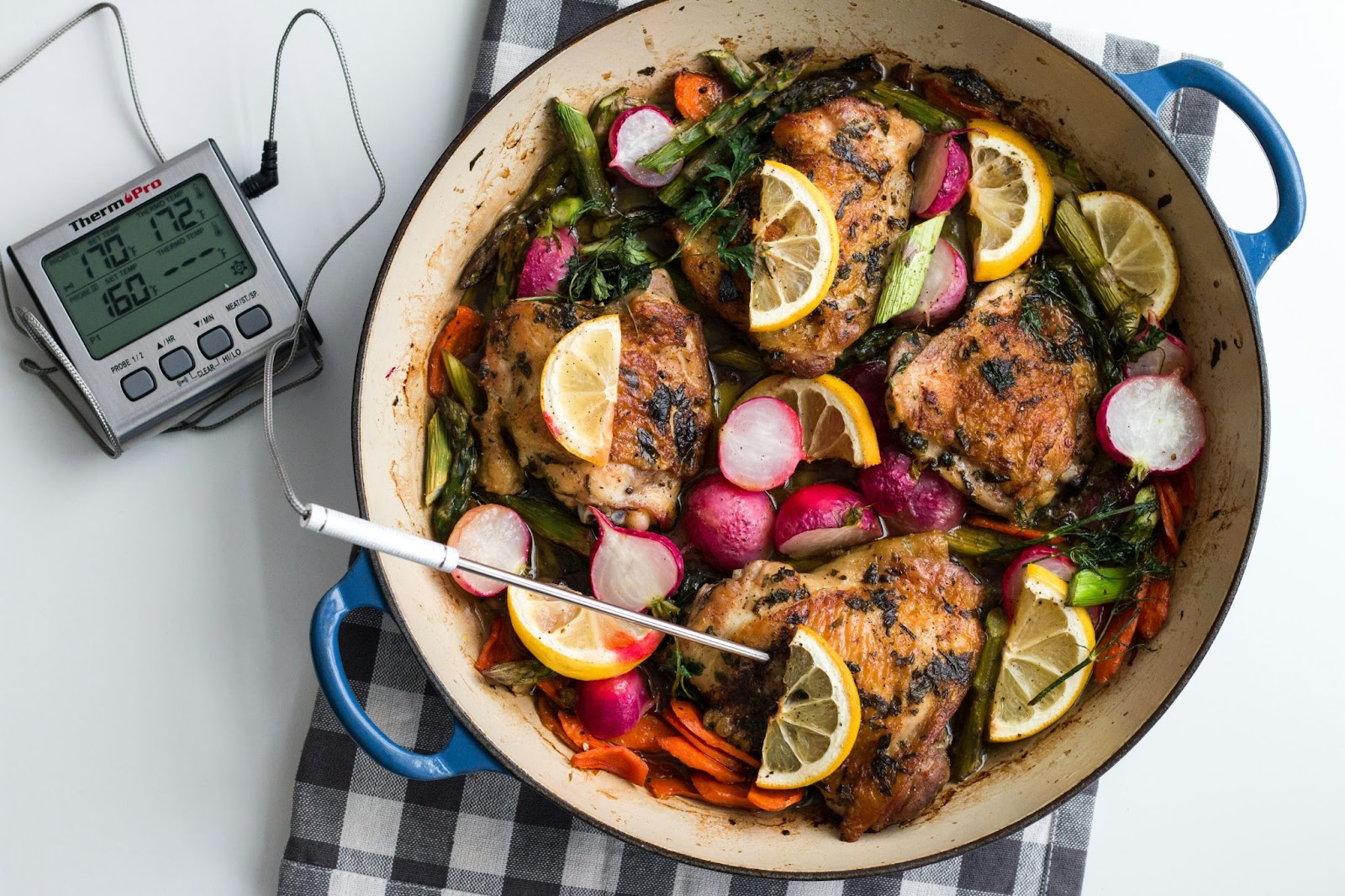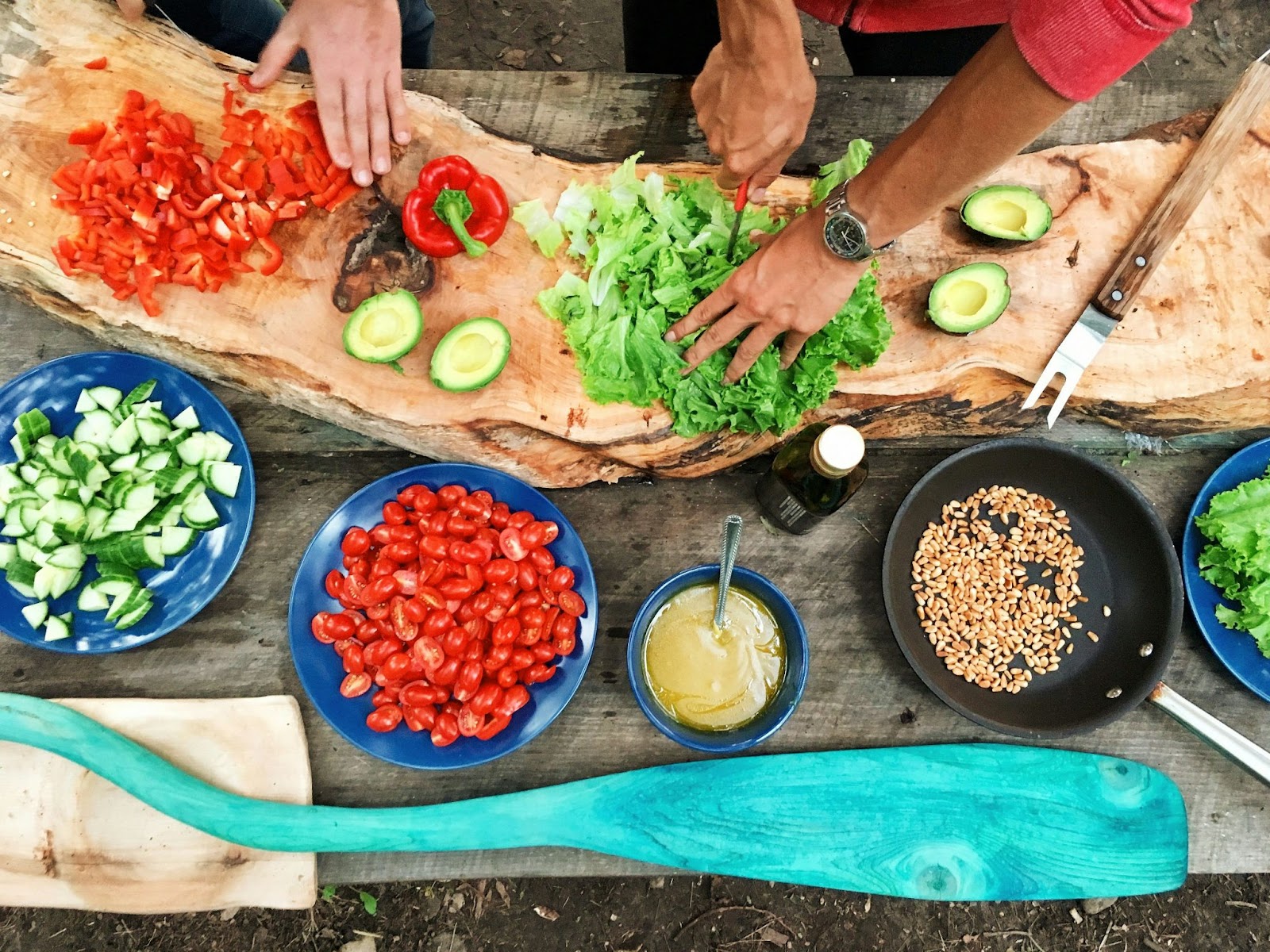You're building more than just meals; you're building a brand that customers trust to nourish them. But as you scale from a passion project to a profitable venture, you'll find that generic business advice—especially on food safety—doesn't account for the unique challenges of meal prep.
You're not just running a restaurant. You're a food manufacturer, a logistics company, and a customer service hub all in one. This complexity introduces critical food safety questions that can't be answered by a simple blog post on "starting a business."
Data shows that 97% of small food processors report having little to no awareness of key federal food safety requirements. This knowledge gap creates both risk and opportunity for operators who get it right.
As Hava Volterra of Parsley, who has worked with meal prep businesses from startup to over a million meals per week, emphasizes: "Having tight operations, doing things cleanly is very important. It can make or break you right? Because this market is competitive, even if it's wonderful dishes, if you can't be consistent, if you're spending too much, it's not really going to work."
This guide moves beyond surface-level checklists to give you the authoritative framework you need to build a compliant, safe, and successful meal prep operation.

Let's be clear: food safety is not a box to check. It's the foundation of your entire business. Getting it wrong can lead to devastating consequences, from health department shutdowns to irreversible brand damage.
The investment is significant but essential. Research shows the initial cost for a small business to implement and manage food safety standards averages around $20,000, with ongoing annual costs of about $8,000. Viewing this as a core business investment, rather than an expense, is the first step toward building a sustainable brand.
The stakes are different for meal prep businesses than traditional restaurants. You're preparing dozens or hundreds of meals that will be consumed hours or days later, often reheated by customers who may not follow proper food handling procedures. Your safety protocols must account for this extended timeline and reduced control.
Navigating the world of food safety certifications can feel like learning a new language. Let's break down the essential credentials for meal prep operators.
HACCP (Hazard Analysis and Critical Control Points) isn't just another certificate; it's a systematic approach to preventing food safety hazards. Instead of reacting to problems, a HACCP plan helps you identify potential risks in your production process—from receiving raw chicken to packaging finished meals—and implement controls to stop them before they start.
For a meal prep business, this is non-negotiable. Your Critical Control Points (CCPs) might include:
Developing a HACCP plan demonstrates a high level of professionalism and is often required or strongly recommended by local health departments for complex operations like meal prep.
These are the most common credentials you'll encounter, and they serve different purposes.
Food Handler Card: This is the baseline certification for any employee who handles food. It covers the essentials of personal hygiene, cross-contamination, and time/temperature control.
ServSafe Food Protection Manager Certification: This is a higher-level certification designed for the owner or a designated manager. It goes much deeper into topics like HACCP principles, foodborne illness prevention, and managing a safe flow of food. Most health departments require at least one person on-site to have a Food Manager certification.
Your best bet? Get your Food Protection Manager certification first. It will equip you with the knowledge to train your team and implement robust safety systems.
National certifications are important, but your local health department has the final say. Regulations can vary significantly by county and city. Before you do anything else, your first call should be to them.
They will provide the specific requirements for operating in your area, including:
This initial research is the most critical step in ensuring you start your business on the right side of the law.

A certificate on the wall means nothing without consistent, daily execution. A strong food safety culture turns principles into habits.
SOPs are the day-to-day playbook for your kitchen. They are clear, written instructions for every critical task to ensure it's done safely and consistently every time, no matter who is working.
Your SOPs should cover:
Receiving: How to inspect deliveries for proper temperatures and signs of spoilage
Storage: Rules for labeling, dating, and organizing inventory (First-In, First-Out)
Allergen Control: Dedicated prep areas, color-coded cutting boards, and clear labeling protocols to prevent cross-contact
Cooking & Cooling Logs: Digital or paper records of food temperatures at critical stages
Cleaning & Sanitizing: Schedules and procedures for all food contact surfaces and equipment
Getting your team a Food Handler card is just the beginning. True compliance comes from ongoing training and verification. Research highlights a concerning gap: while 41% of food handlers self-report that they follow safety practices, observational data shows only 24% actually do with full compliance.
This means you need to build a system of verification, not just trust.
Lead by Example: Demonstrate proper procedures yourself, every single day.
Regular Refreshers: Hold brief weekly meetings to review one SOP.
Observe and Correct: Gently correct mistakes in the moment to reinforce good habits.
Empower Your Team: Create an environment where anyone can comfortably point out a potential safety issue without fear.
This dedication to operational excellence is what separates thriving businesses from those that struggle. Having the right systems in place can help you streamline your back-office operations and make this process nearly automatic.
The most successful meal prep operators understand that food safety isn't separate from business success—it's integral to it. Melanie Geist reflects on building trust through consistency: "I put 100 percent of my attention into the product. So my feeling was if I had a great product and a great service, then it would speak for itself and that people would be the ambassadors of that product."
This product-first approach extends directly to safety protocols. When customers trust that your meals are not only delicious but consistently safe, they become long-term advocates rather than one-time purchasers.

1. Can I legally run my meal prep business from my home kitchen?
In most cases, no. Meal prep is typically considered a full-scale food service operation that requires a licensed commercial kitchen. While some states have "cottage food laws" for low-risk foods like baked goods, they rarely cover meals with meat, poultry, or cooked vegetables. Always verify with your local health department.
2. What's the difference between a commissary and a commercial kitchen?
A commercial kitchen is any kitchen licensed for food production. A commissary kitchen is a licensed commercial kitchen that you can rent by the hour or month. For new businesses, renting space in a commissary is the most common and cost-effective way to get started legally.
3. How do I manage cross-contamination with so many different allergens?
This is a critical challenge unique to meal prep. The best practice is to have a documented Allergen Control Plan. This includes using separate, color-coded equipment (cutting boards, knives) for major allergens, preparing allergen-free meals at a different time or in a separate area, and using clear, bold labels on all packaging.
4. How much do food safety certifications like ServSafe cost?
The ServSafe Food Protection Manager course and exam typically cost between $150 and $200. Basic Food Handler card courses are much cheaper, often around $10 to $25.
Building a compliant meal prep business is complex, but it's not impossible. By focusing on these core pillars—understanding the regulations, obtaining the right certifications, and creating a strong internal safety culture—you're not just avoiding risk. You're building a brand that customers will trust for years to come.
As you move forward, remember that the right systems and partners can make all the difference. When you're ready to scale, having an operating system that streamlines everything from orders to customer management is essential.
Ready to build your food safety foundation? Explore how our Launch Accelerator program helps meal prep operators implement proven safety protocols while building profitable, scalable businesses that customers trust.
Food safety isn't just about compliance—it's about building the operational excellence that allows you to focus on what you do best: creating amazing meals that change people's lives.
In the meal prep industry, trust is everything. Build it through consistent safety practices, and your customers will reward you with loyalty that no competitor can match.
Book your free strategy session with a meal prep growth advisor. We’ll discuss:



Book a call with a Bottle Meal Prep Advisor